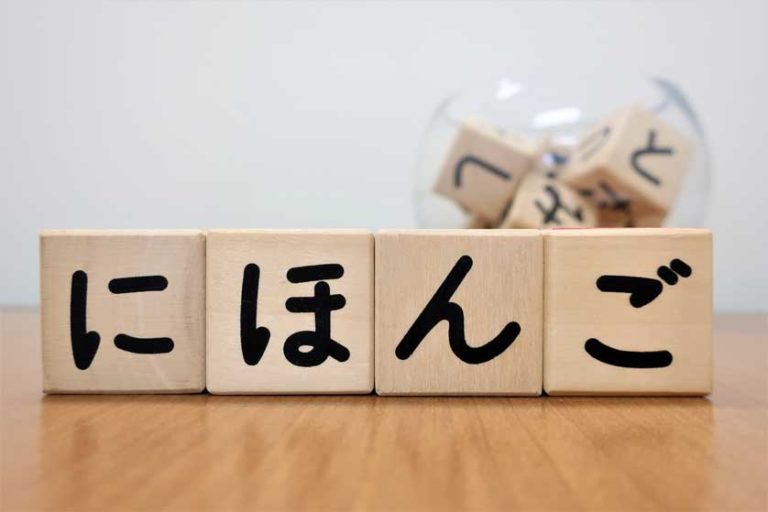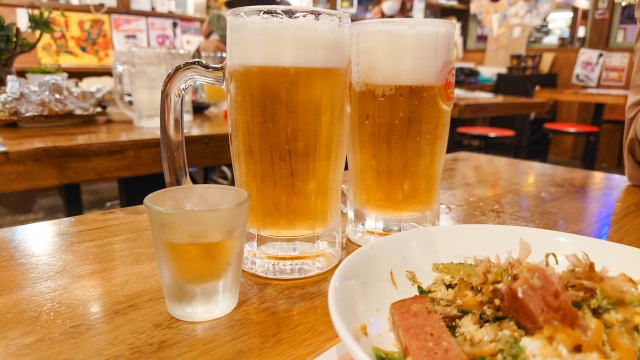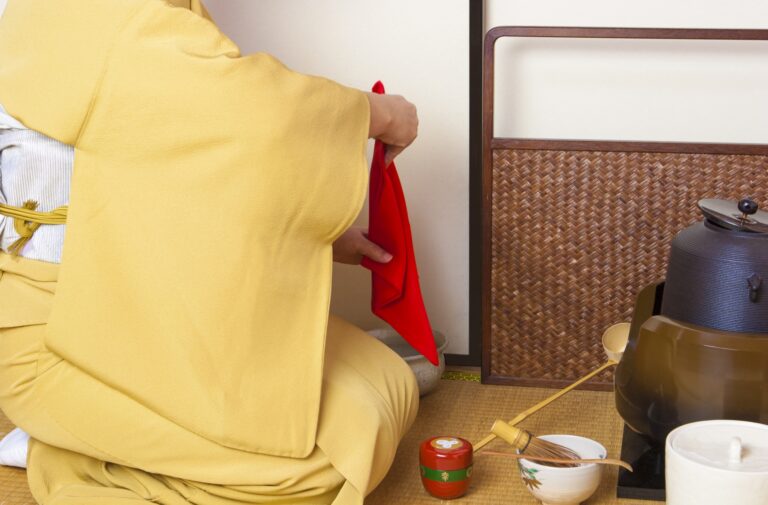Compared to Western countries, Japan has fewer crimes and very clean streets, giving the impression of a “safe and secure” country.
Unfortunately, however, Japan is not safe when it comes to disasters.
Yes, Japan is an “earthquake-prone” country, which means that one never knows when a major earthquake may occur.
But earthquakes don’t happen that often, do they? But how often do they occur?
How often do earthquakes occur in Japan, and how many major earthquakes have occurred so far?
In this article, we would like to explain the frequency of earthquakes in Japan and the magnitude of major earthquakes that have occurred so far.

Click here to learn Japanese language with the best one-on-one Japanese tutoring lessons in person or online.
Contents
Frequency of Earthquakes in Japan
How often do earthquakes occur in Japan?
“Maybe they happen more than 100 times a year.
Maybe they happen about once a day, more than 300 times a year? That’s not too far off.
Many people may make such predictions.
The correct answer is “1,000 to 2,000 times per year.
What do you think?

You may be surprised at the sheer number.
But in fact, many Japanese who hear this number may also think, “What? That many earthquakes? But in fact, many Japanese who hear this number will also be surprised.
This is because most of the earthquakes are of intensity 1, which is so small that you cannot really feel the shaking.
The number of earthquakes of intensity 3 or higher, which are felt as “quite shaking,” is about 100 to 150 times a year.
For Japanese people, an earthquake of “seismic intensity 3” is a “moderate shaking,” but for people from other countries who have never experienced earthquakes, the shaking may seem quite large.
And earthquakes of intensity 5 or higher, which are big enough to cause a sense of danger to oneself, occur about 20 times a year.
However, you need not worry too much as long as you take evacuation measures such as immediately turning off the fire if you are cooking and hiding under a table when an earthquake strikes.
Houses and buildings in Japan have excellent earthquake resistance, so there is almost no chance of them collapsing in an earthquake of intensity 5 class. (There is a risk of collapse in the case of older wooden houses.)
An earthquake of seismic intensity 6 or higher, which is a tremor strong enough to require emergency evacuation to a shelter, occurs only once or twice a year.
Even if an earthquake of this class occurs, the probability of experiencing a major disaster-level earthquake is not so high because the areas close to the epicenter are in the upper 6 on the Japanese seismic intensity scale.
How big is an earthquake of intensity 3 to 6?
If you have never experienced an earthquake before, the term “seismic intensity” used in Japan may not give you a clear picture of the magnitude of an earthquake.
Magnitude” is a value that indicates “the amount of energy of an earthquake,” and “seismic intensity” is a value that indicates “the magnitude of shaking of an earthquake.
Seismic intensity 3-4
For example, a seismic intensity of “3-4” is a level of shaking that most people sitting in a room would notice.
Many of the objects in the room will sway in small increments, and you will be able to feel the shaking visually.
However, the shaking is not so strong that furniture will topple over. (A long, thin vase on a table may topple over.)
Seismic intensity 5
(A long, thin vase on a table may fall over.) If the tremor is of intensity 5 or higher, the shaking will be large enough to cause dishes to fall from shelves.
Furniture and other objects that are not secured may fall over.
Many people will have difficulty standing up from a sitting position.
The earthquake will be so large that some people may be injured by falling furniture or broken glass.
People in countries that have not experienced earthquakes very often will feel that their lives are in danger if they experience an earthquake of this magnitude.
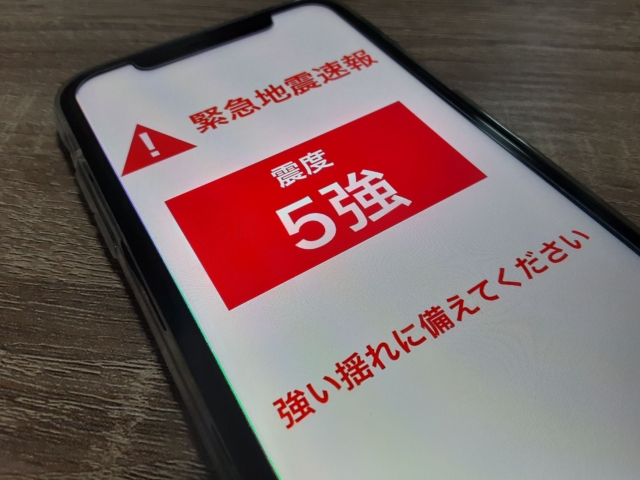
Seismic intensity 6+
When an earthquake exceeds intensity 6, older wooden houses may collapse, and signboards and windowpanes may break and fall onto the road.
Even inside the house, many pieces of furniture will topple over, and even Japanese people who are used to earthquakes will feel their lives are in danger.
Major earthquakes in Japan since 1990
The Great East Japan Earthquake that occurred on March 11, 2011, which made headlines around the world, was a major earthquake with a magnitude of 9.0 on the Japanese scale of 7.
Although the direct damage caused by the earthquake was quite large, the resulting tsunami took the lives of many people.
In fact, this “seismic intensity 7” tremor has occurred several times in addition to the Great East Japan Earthquake.
- 1995 Great Hanshin-Awaji Earthquake (intensity 7)
- 2004 “Niigata Chuetsu Earthquake” (intensity 7)
- 2016 “Kumamoto Earthquake” (intensity 7)
- 2018 The “Hokkaido Bold Eastern Earthquake” (seismic intensity 7)
As shown above, major earthquakes that cause extensive damage have struck Japan many times.
It is said that “about 20% of the world’s major earthquakes occur in Japan.
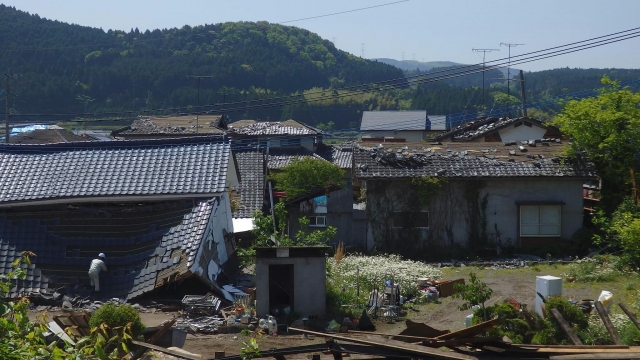
Conclusion
In this article, we have explained “the frequency of earthquakes in Japan and the magnitude of major earthquakes that have occurred so far.
Japan is an earthquake-prone country, which may be a source of anxiety for visitors to Japan from other countries.
However, Japanese houses and buildings are very earthquake-proof and will not be damaged by most earthquakes.
Just to be safe, be sure to check the “evacuation route in the event of an earthquake” for your house or office.
Related article:



